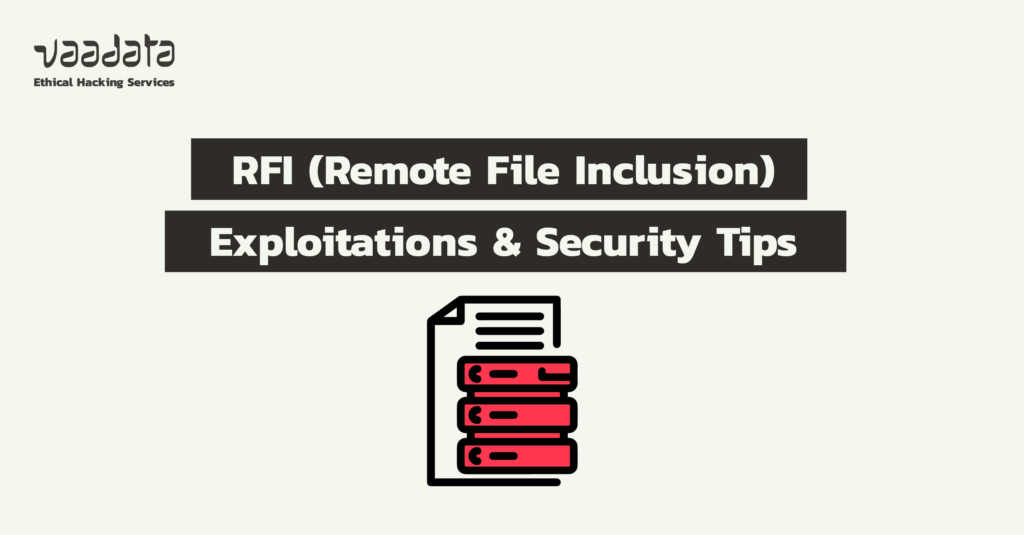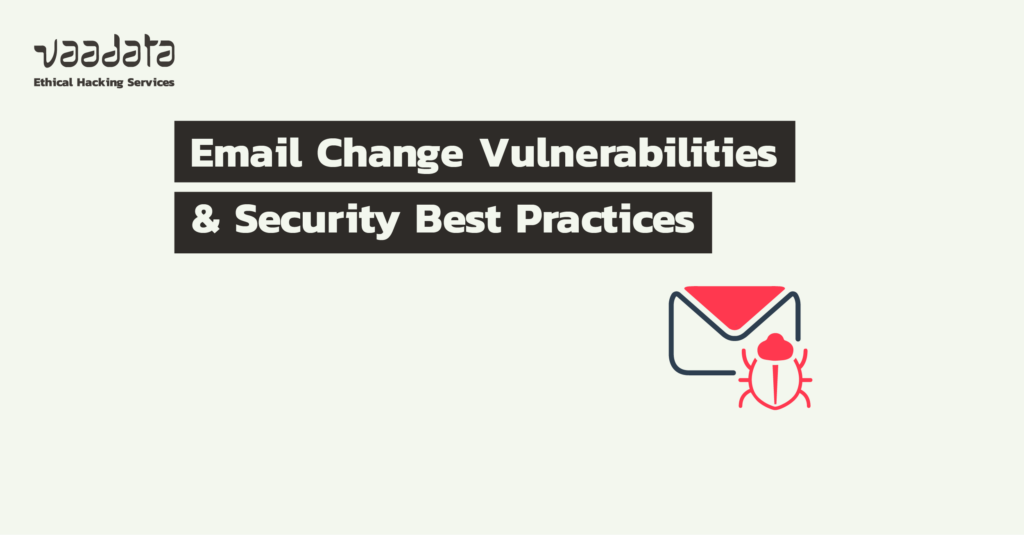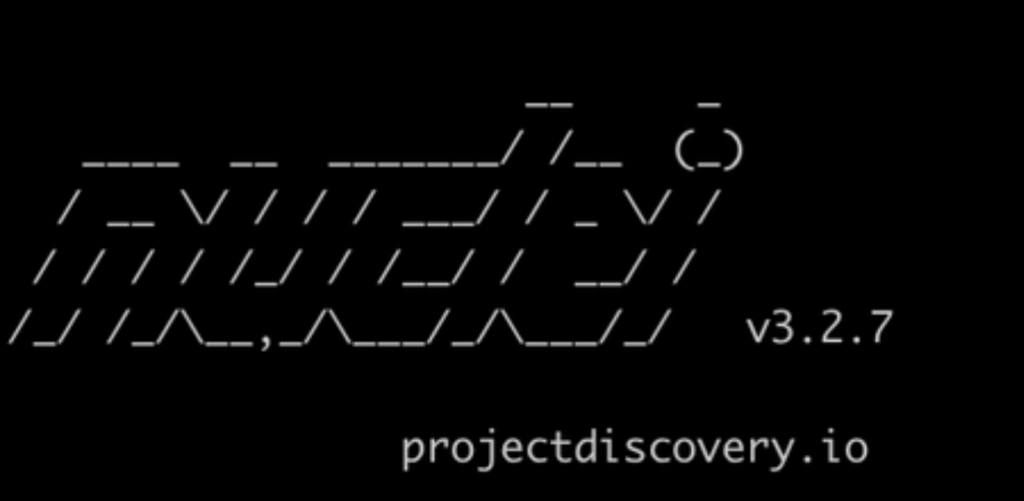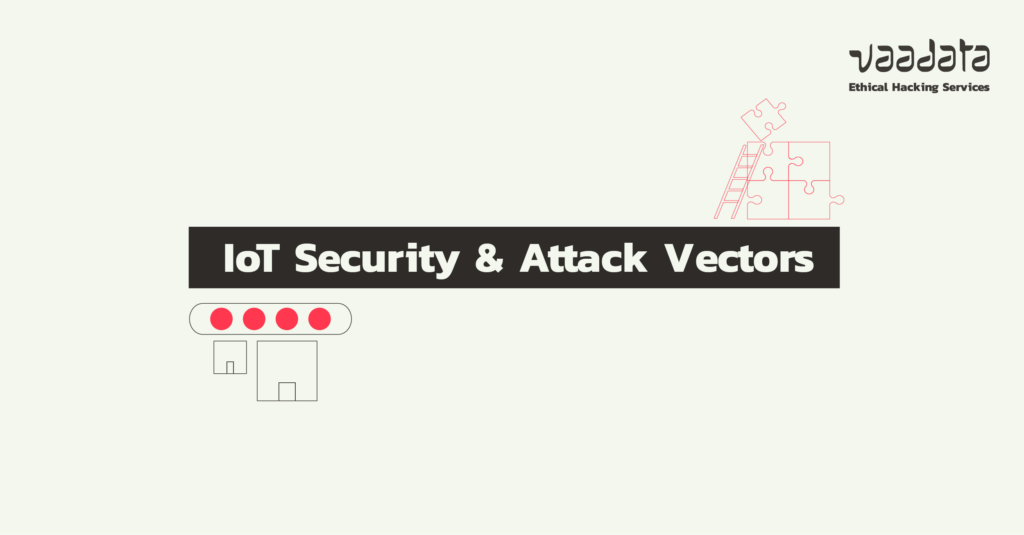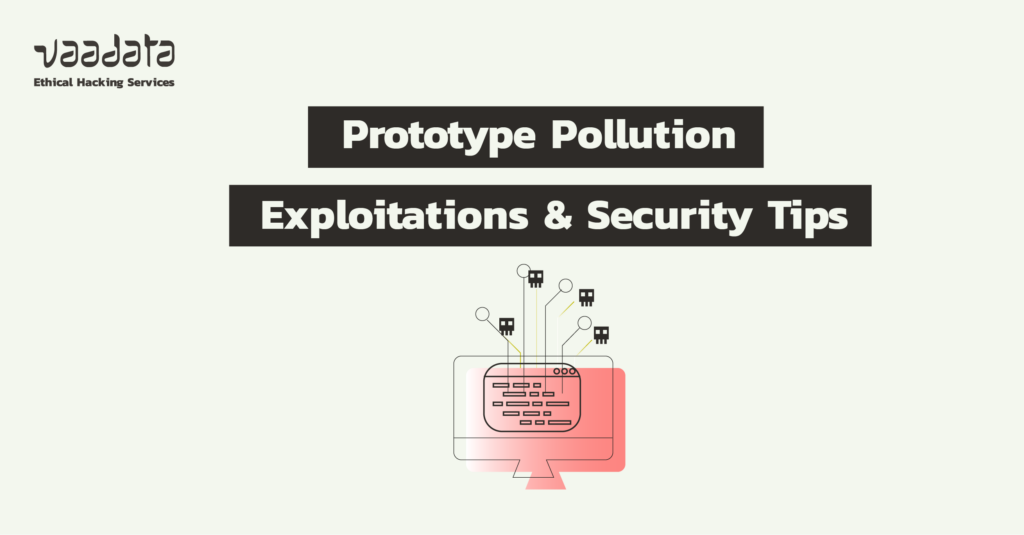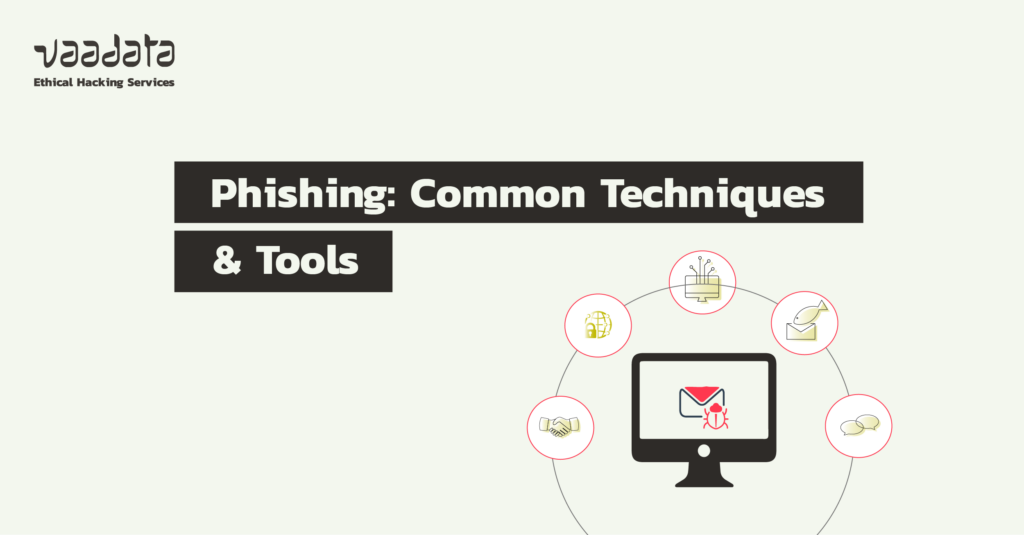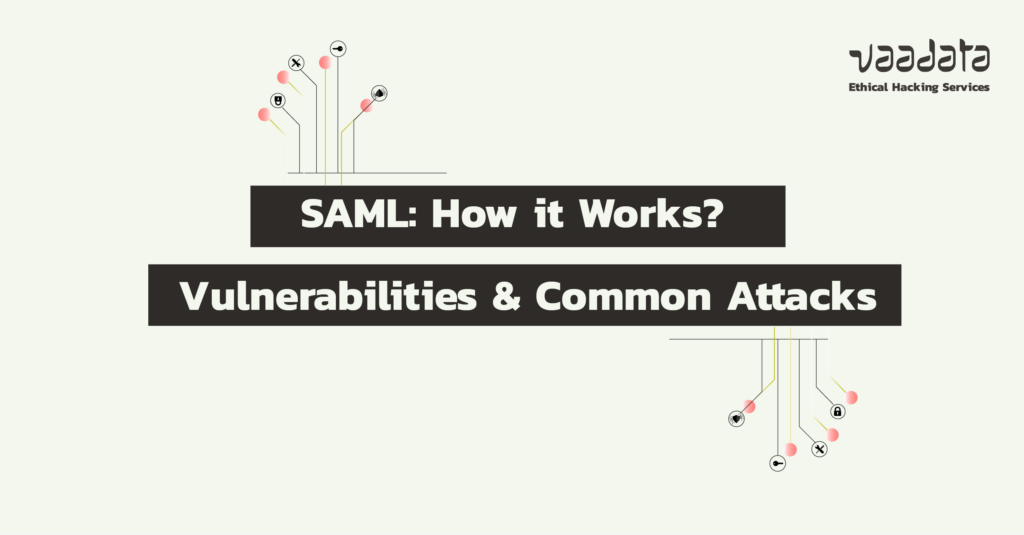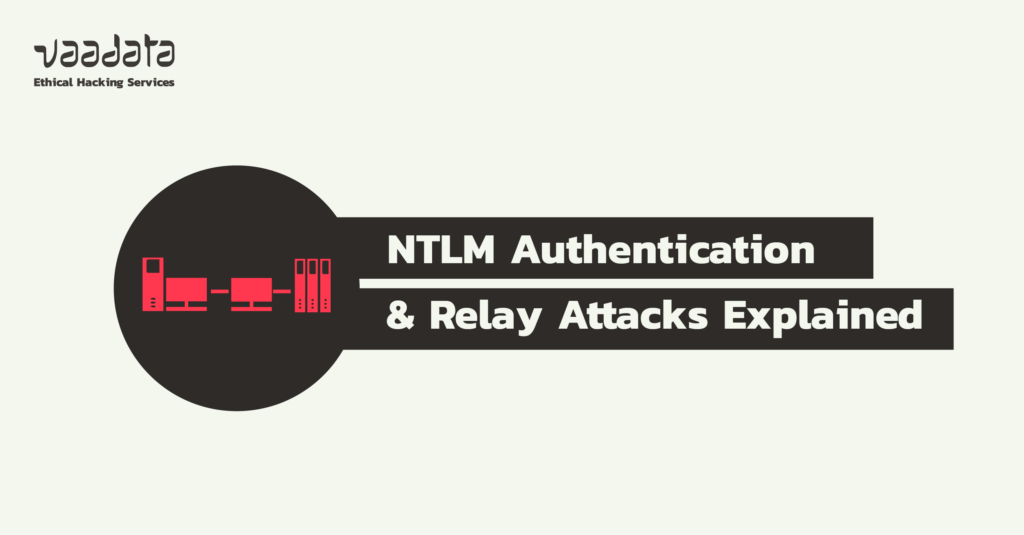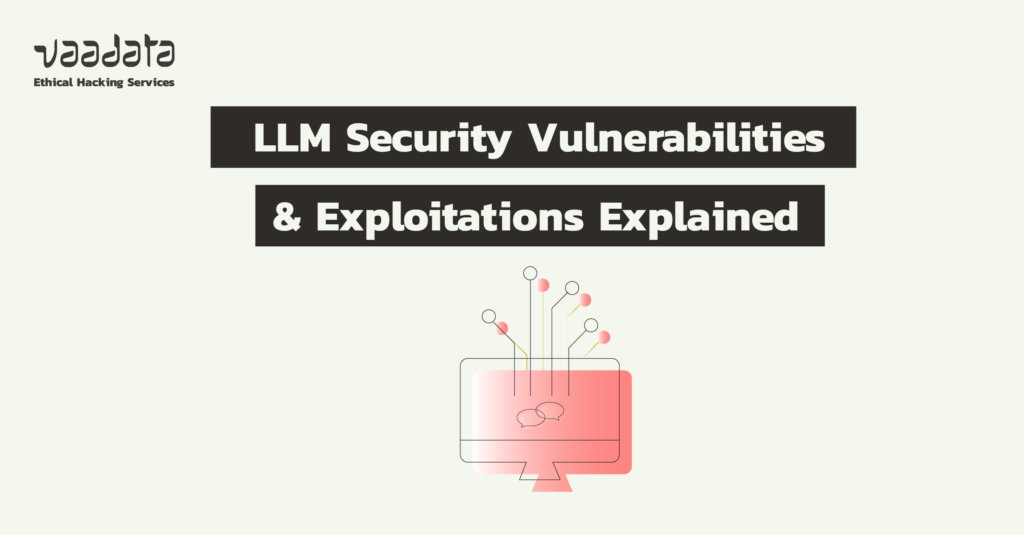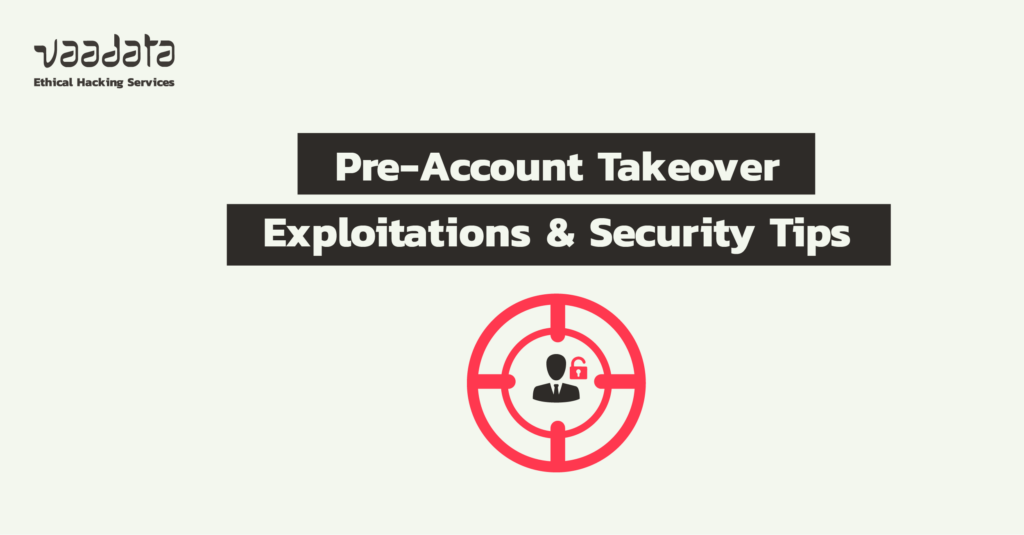
Pre-Account Takeover is a type of attack that we very often carry out during our audits. Although it is only possible in very specific situations, the possibilities for malicious exploitation are becoming increasingly common, with potentially serious consequences for data security.
In this article, we present how a Pre-Account Takeover attack works. We will also look at the specifics of the attack, using a concrete example, as well as security best practices for countering the risk.

